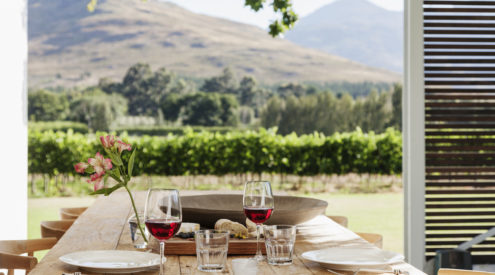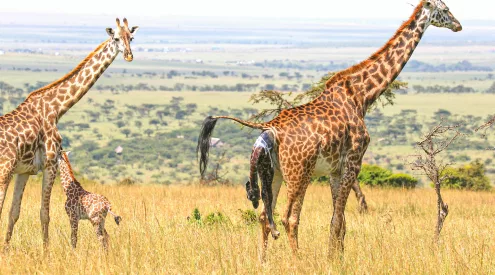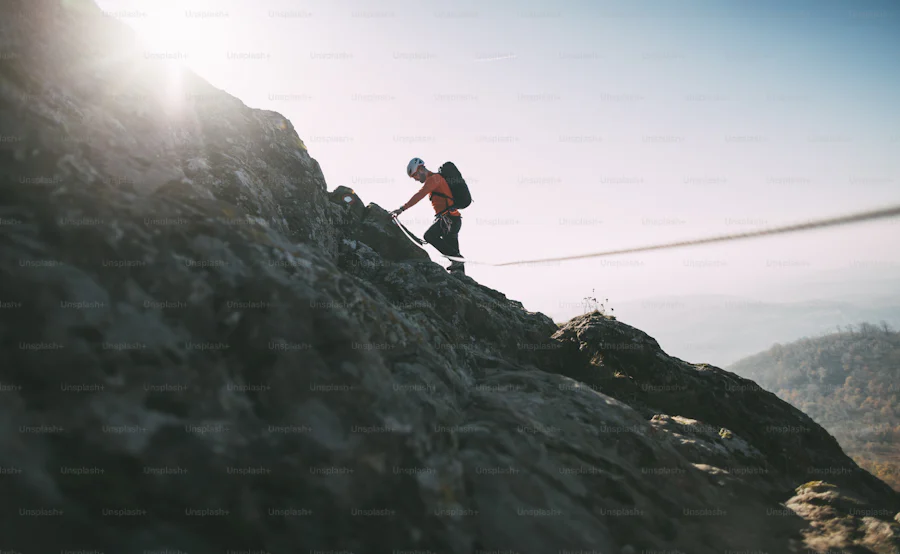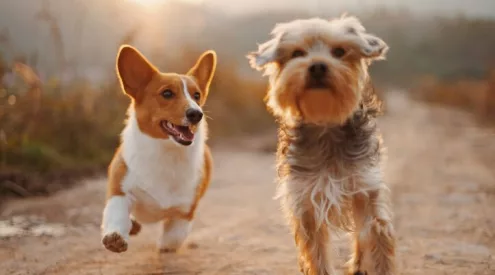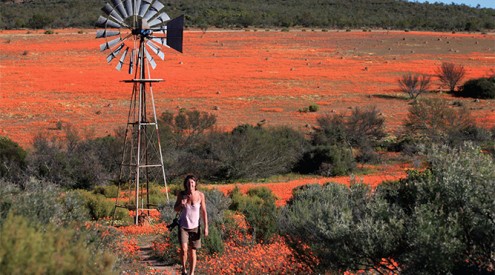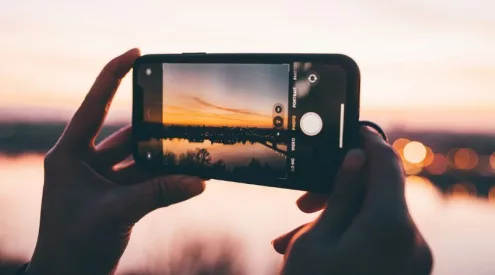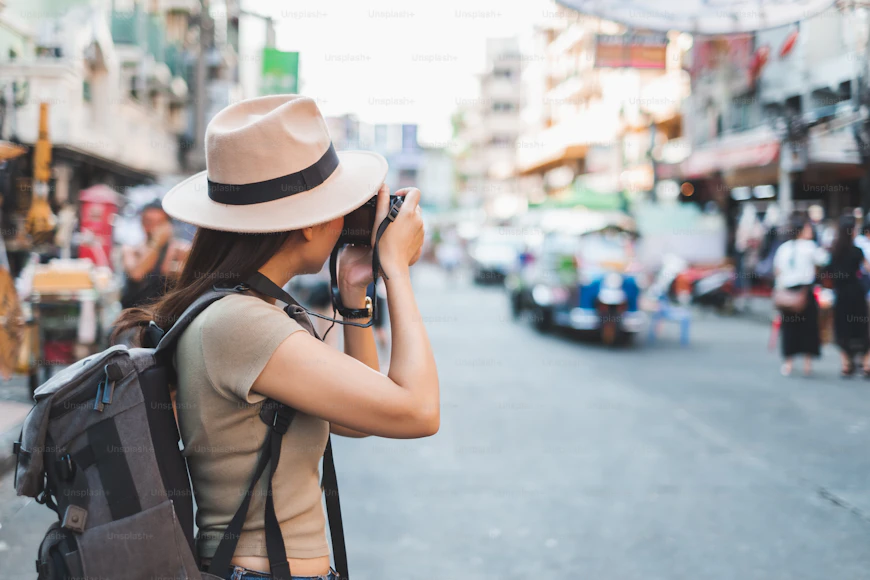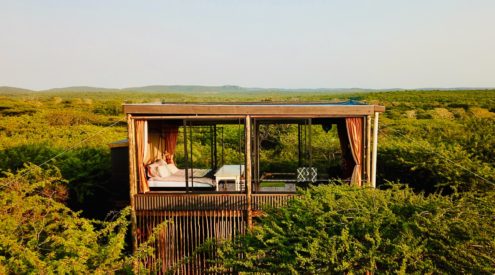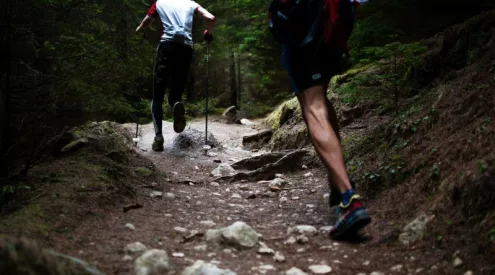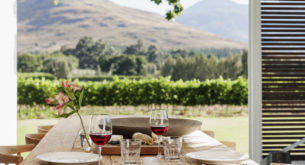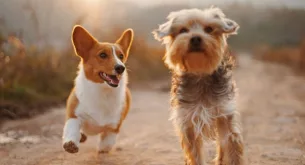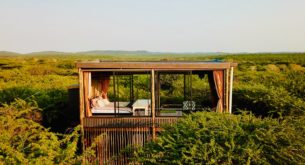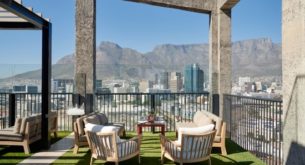“Low range, third gear, keep the momentum!” These words came from Coenie Moll, our very knowledgeable instructor on more than one occasion.
I’ve always had a thing for driving a Landy, so when the opportunity came up to take part in a 4 x 4 trip for ladies along the beautiful West Coast, my bags (food, water and the kitchen sink) were packed.
We gathered at Kardoesie in the Piekenierskloof Pass where we met the rest of the group. We tried to figure out how much the others knew about 4x4ing. There were a few seasoned drivers and I was getting nervous. My friend, Pia, who only agreed to join me after lots of arm-twisting, rolled her eyes and sent text messages to her husband. After all, she’s not the kind of girl who likes rough camping weekends with no ablution facilities and without her stilettos. She raised both eyebrows when she heard she had to bring a shovel for certain “activities” behind shrubs or dunes.
Coenie and René Finlay, the camp master, lay down the rules before we left. Stay in the convoy, make sure there is radio contact and switch your headlights on.
Bitterfontein was the last stop for the convoy of nine vehicles to fill up before we turned left towards the coast, leaving the tar behind. Tyres had to be deflated to adapt to the gravel roads and I learnt very quickly how to use a tyre pressure gauge. Then we were off to Groenrivier, where we met Piet and Mariane Schreuder, who manage the newly proclaimed Namaqua National Park.
Late afternoon on the first day brought the first obstacle – driving up a dune, with two sharp turns at the top. It wasn’t as simple as it looked and some people got stuck. Luckily, with so much knowledge and so many hands, I discovered that the group – with Coenie’s strong leadership – could get me out of any kind of pickle. So I sat up straight, put the Landy in low range, gave it all I got”¦ and made it! The exhilaration of beating the odds against the sand left me breathless and shaking. What an adrenalin rush. Driving back to camp with the wind in my hair and a big smile on my face, I realised how lucky we were to be able to take part in this adventure.
We set up camp just past Island Point and soon we were all gathered around the orange flames of the camp fire, waiting to tuck into a tasty seafood potjie West Coast style.
At sunrise the next morning we were all up and ready for the day which took us to the Spoeg River caves, where the Khokhoi people lived many years ago, past interesting places like Kwaas se baai, Abjoel and Jaarsebaai. We saw an active diamond trawler – De Beers still has the rights to extract diamonds from the sea bed. Although this company is definitely doing its bit to rehabilitate the environment where mining took place, it takes an estimated 70 years for the ocean floor to recover from the search for diamonds.
I fell in love with the rugged coastline with its dark blue sea all over again. We saw black harriers and European bee-eaters, and the convoy was accompanied by an energetic group of ostriches moving at about 40 km per hour. Meanwhile, the road was getting more challenging as the sand became deeper and I had to concentrate on my driving.
We stopped for lunch and Pia bravely decided to dip into the sea despite a cold breeze that had the rest of us snuggling into our jackets. Not bathing for two days makes one attempt all kinds of things”¦
The group of 20 women were a unit by now and we stretched the night at the camp fire out as long as possible. We got to know each other better. There was an interesting mix of people and after solving the world’s problems (with the help of a little Old Brown Sherry and seriously spiked grapes) we went to bed with the fresh air from the sea in our lungs and the sound of waves breaking waves in our ears.
Day three brought more interesting challenges while driving south. By now I had more courage and I tackled every obstacle with gusto. From time to time we were rewarded by dolphins playing in the waves, seals lazing on big rocks and a whole flock of little terns giving us a breathtaking display, like silvery snowflakes floating in the air. One of the most beautiful places on this part of the coast has to be Matessa’s bath, a natural rock pool where the water is a lot warmer and a haven for dusty females in desperate need of a bath.
Too soon it was the last night and we set up camp at Paradise Bay. A beautiful white stretch of sand awaited us on the other side of the dunes where Curlew Sandpipers and Black Oystercatchers were making the most of the take-away on the beach.
There were some interesting activities planned for the last night, of which the most interesting had to be Coenie’s “strafdop” – a concoction of mampoer, boegoe and chillies. René found a reason why each one of us had to be “punished” and made sure we all tasted this potent cocktail. The prize-giving, accompanied by lots of laughter after that drink that could make a grown man cry, brought surprises – especially to me, who was chosen as the Rookie Driver of the weekend. (The fact that I was the only real rookie among them had nothing to do with it, of course!)
We sat on a dune with our new friends, the full moon rising behind us and the sun leaving its last pink rays on the ocean in front of us. It was good to be alive.
To experience this kind of adventure, go to www.cederberg4x4.co.za, or contact them on [email protected] 021 913 4632. The next Ladies Getaway will be to The Hell (Gamkaskloof) and Calitzdorp Spa from 18 – 21 March 2011.
————————————————————————————————————————————–
About Namaqua National Park:
Where is it? 495 km from Cape Town off the N7, 67 km from Springbok in the North. The contact number for the park is +27 672 1948
Climate: Winter rainfall, highest in June to August.
Birding: Take your binoculars. Birds include black harrier, black-headed canary, Cape long-billed lark, cinnamon-breasted warbler and lots of seabirds.
Shopping: At the moment the Park only has a limited road network available to sedan vehicles. No shop, restaurant or fuel is available in the Park.
Why should you go? Carpets of flower in season, quiver trees, unspoilt coastline, animals like klipspringer, steenbok, tortoises, the Spoeg river caves, Matessa’s bath, the pure, fresh air.
Did you know?
• This park is situated in one of only two arid biodiversity hotspots.
• It is home to the world’s richest succulent flora – 1 000 of the 3 500 plant species found here grow nowhere else in the world.
• It is home to the world’s smallest tortoise, the Namaqua Speckled Padloper
• It is world-renowned for its spectacular flower displays.

